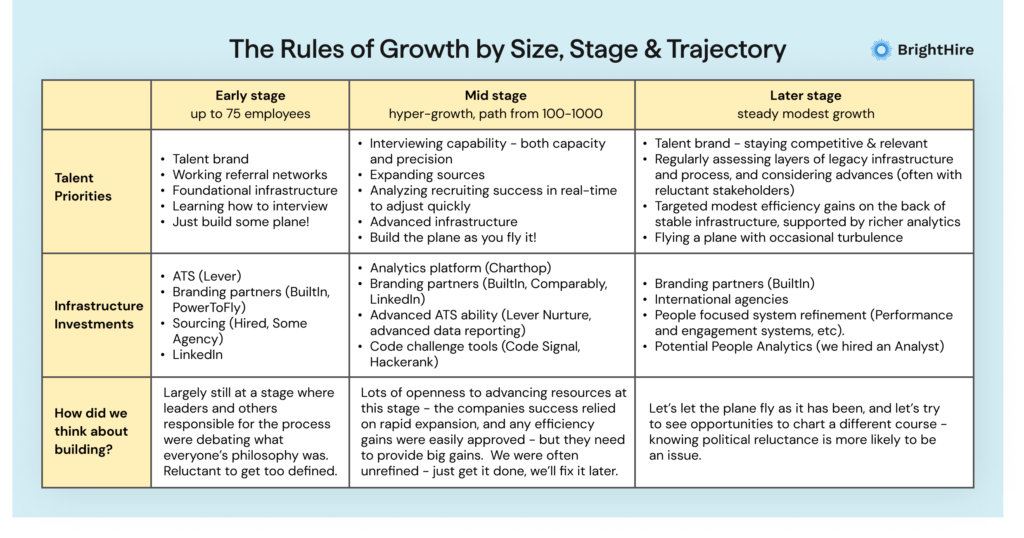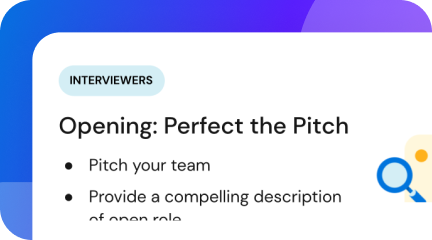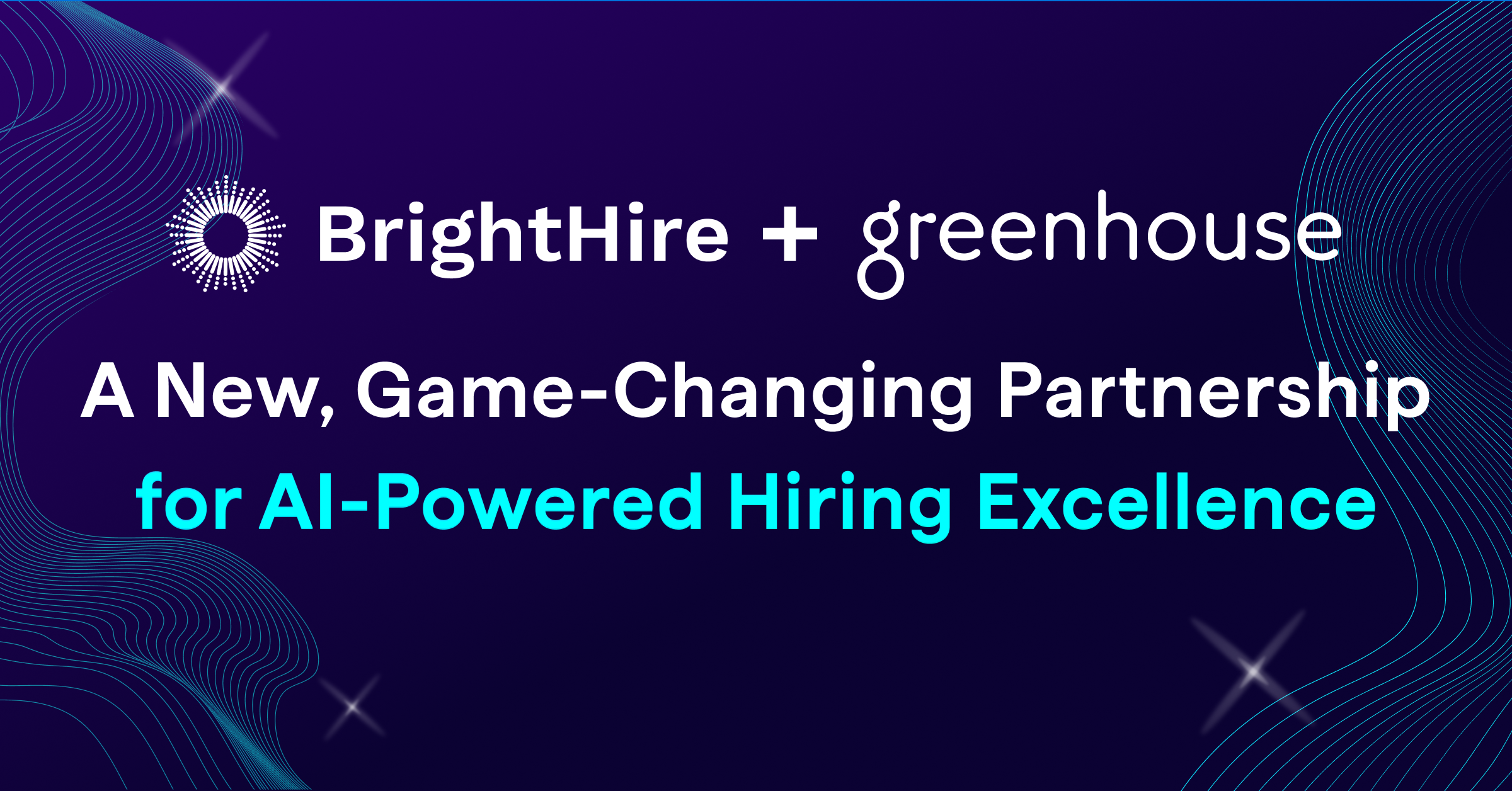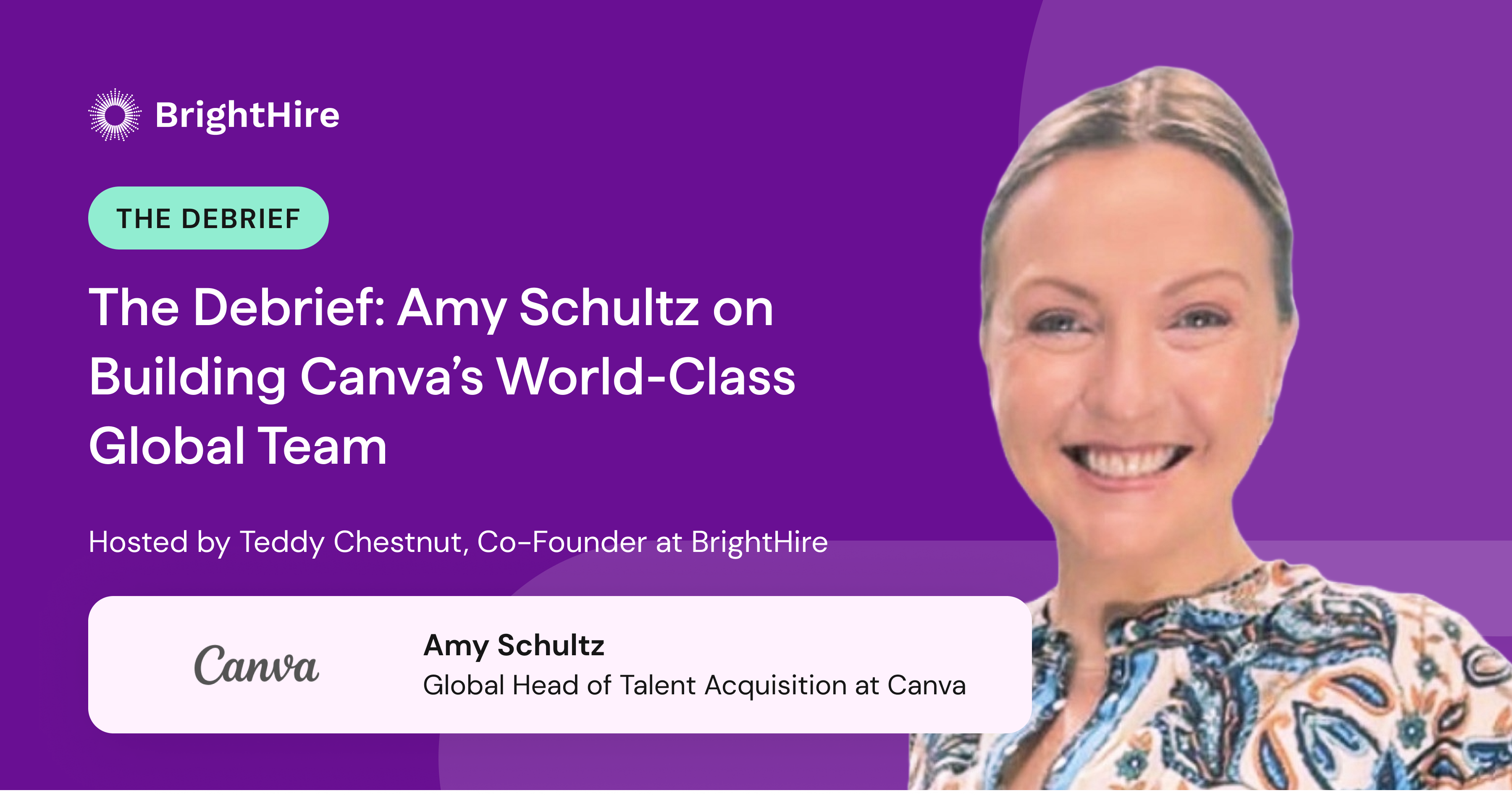We talk a lot about “hypergrowth” in talent acquisition. It’s one of those words that gets tossed around in meetings, handed down from leadership to talent teams, and celebrated in company-wide gatherings.
By definition, hypergrowth is when a company grows at an average annual rate of 40%+ for more than a year, according to the World Economic Forum. For many talent teams, they are the cornerstone for achieving that substantial growth.
Anthony Rotoli is no stranger to hypergrowth. In fact, he’s spent the majority of his career at the forefront of it. He got his first taste of hypergrowth as the Director of Talent & People at Karat, a startup that conducts technical interviews on behalf of companies.
As the fourth employee at Karat, he played a critical role in helping the company scale to nearly 100 employees and 200 on-demand freelance engineers over three years. Anthony was there every step of the way as Karat’s value grew 12x from Seed to Series B. Most importantly: not only did he help create an incredible culture throughout the hypergrowth, but one with exceptionally high employee satisfaction and retention.
After Karat, Anthony joined the financial services and insurance technology startup Assurance IQ as the Head of Talent & Culture. Following the company’s acquisition by Prudential Financial for $2.3 Billion, Anthony led a high-performing team to grow the company from 130 to 1,200 employees in just two years.
Over his time scaling these companies, Anthony learned six rules talent acquisition teams must get right about hypergrowth:
6 Rules of Hypergrowth for Talent Acquisition Teams
1. MVP & iterate.
If you’ve ever worked at a startup, you likely know there’s one acronym that’s said on repeat – MVP – also known as the minimum viable product. When you’re scaling, “MVP, iterate, MVP, iterate” becomes your daily mantra.
As Anthony’s former CEO at Assurance, Allison Arzeno, says, “Done is better than perfect.” Anthony found this saying to be true time and time again at Assurance. One great example is when Anthony and his team set out to hire 1,500 sales agents in just one year. To put that into perspective, they had to hire 7.8 people every single business day of the year to meet the goal.
Anthony knew the best place to start was by building an MVP model to fuel the growth. This didn’t just mean examining the hiring process for opportunities. He also looked for additional ways to set up the sales agents for success, leading his team to create a series of onboarding classes for new hires that ran every three weeks.
Along with the onboarding, he established regular meetings with key stakeholders to look closely at the data, uncover how much hiring they had achieved since they last met, and identify areas for improvement. From there, they would recalibrate their targets, recast their projections, and adjust their approach to reduce drop-off.
After launching the MVP model, Anthony and his team found an opportunity to iterate. They realized there was a lack of excitement from high-quality candidates at the top of the funnel. To build more excitement, they decided to invest in a series of events across the U.S. to engage candidates.
The events were an open opportunity for potential candidates to get to know the company and the people they’d be working with in a fun environment – over drinks, in impressive spaces, and with plenty of swag. They promoted the events on social media, choosing regions with the highest number of potential applicants.
2. Embrace change.
When you’re growing quickly, it’s easy to lose sight of the fact that your company is changing materially. In Anthony’s experience, six months can go by, and a brand new team suddenly surrounds you. While this change is good, it requires you to accept that the company is fundamentally different.
To help your company grow and evolve the right way, find opportunities to integrate new team members quickly. Anthony says, “Don’t underestimate the importance of giving people time and space to connect socially, outside of work. This might be through your standard happy hours, but it can also be done by giving people forums to connect over shared interests. Social interest Slack channels are a good way to do this. At Assurance, our ‘pets-of-assurance’ Slack channel was a great ice breaker and the most popular of all the social channels.”
It’s normal to move into a new, different phase as a company while you’re experiencing hypergrowth. With the change comes an opportunity to evolve your perspective and approach to hiring.
Constant change also requires you to recalibrate your system, frequently refreshing your data and assumptions. Otherwise, the data you rely on to measure success can become static.
Anthony says, “When it comes to recruiting, monitor your funnel metrics closely, and be ready to identify key areas of drop-off or slow down. Are your candidates dropping out ahead of the final round of interviews because it’s taking too long to schedule? If so, take time to engage more deeply with senior managers and help them understand the need for increased interviewing bandwidth from their hiring managers.”
Also, while you’re hyperscaling, don’t forget to factor in inevitable attrition over time to make sure your numbers remain accurate. Not factoring in expected attrition – especially when hiring in high numbers – is an easy way to get caught off guard.
3. Align your interviewers.
During hypergrowth, it can be easy to overlook your interview process. However, it’s important to align your interviewers, so you can achieve the best hiring outcomes.
Get your interviewers on the same page by equipping them with the questions to ask and providing a rubric that sets clear guidelines for rating candidate responses. For example, if you ask interviewers to assign a candidate a rating between one and four, tell them what a one and four might look like. This helps ensure interviewers provide consistent, helpful, and thorough feedback.
Anthony says, “Make sure the hiring team continues to revisit those rubrics occasionally to ensure everyone is aligned and the ratings are still accurate. All hiring managers should agree on what ‘good’ looks like.”
4. Push your creative limits.
There’s one key thing you need to get right when it comes to hypergrowth. You must be creative. Anthony says, “Own creativity fully, from end to end, so you can set your targets and achieve your goals.”
This means you’ve got to be comfortable coming up with big, bold, and sometimes inconceivable ideas. For example, as Anthony was scaling at Assurance IQ, he encountered a shortage of managers available to run interviews. On top of that, the managers were new and didn’t fully understand the company and interviewing methodology yet.
In an unprecedented move, Anthony made the strategic decision to hire a role dedicated to interviewing. He found someone with sales management experience who began interviewing 40 hours a week. They immediately had a massive impact, removing the hiring bottleneck completely and giving valuable time back to all the managers.
By having a dedicated interviewer and focusing on this exclusively, they could quickly increase their assessment accuracy while providing solid benchmark data. Using this data, they could easily measure the success of other interviewers.
5. Crunch the numbers.
Hypergrowth cannot be achieved without a leadership team that fully supports your hiring strategies. Anthony’s found the number one way to get leadership buy-in is by using simple math.
Sure, there’s something to be said for robust data analysis to help facilitate a detailed conversation. But start by breaking down the math behind your target.
Let’s say you want to make a case for recruiting bandwidth. Start by showing how many people you hire a month with your current team of recruiters. Then, do the math to calculate how many more recruiters you need to hit your hiring target. For example, if you currently hire 100 people a month with five recruiters, you will need 25 recruiters to hit a hiring goal of 500 people.
By being thoughtful and presenting simple, logical math to predict outcomes, you can gain the trust and support of leadership.
6. Move fast and be agile.
Anthony learned early on that the more quickly you have to move, the less precise your approach becomes. While having a plan is helpful, be cautious of getting tied to it. Instead, focus your energy on accomplishing what makes the most sense right now. This isn’t the time to build your forever solution – that will happen down the road.
As you gear up for hypergrowth, prioritize launching your strategy quickly. Being agile and comfortable with chaos allows you to adapt your strategies to your business and culture as you evolve.
Apply Anthony’s Hypergrowth Lessons to Your Hiring Strategy
From his time at startups to his work at enterprises like Microsoft and Quora, Anthony has uncovered what it takes to grow with intention, no matter what stage your company is at.
Uncover all of his important insights about growth in the table below. Check it out here:










